
info@apandatour.com
+86 28 8521 4086

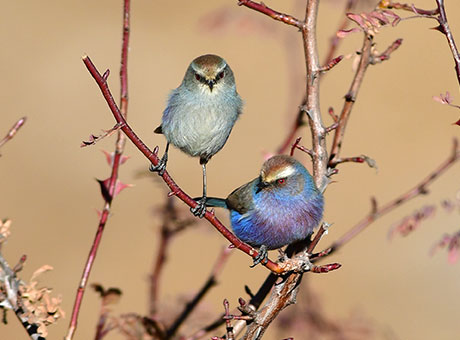
7 Days Exploration Camp in Yunnan
Age: Family with children above 10 or adult
Date: Jan 20-26, 2024 Trip Code: BW003
Guide: Bella
Price: 1,290USD/pax
Trip Focus: Bird-watching + Wildlife
Route: Chengdu-Shangri-La-Lijiang-Chengdu
 Overview
OverviewYunnan enjoys extremely abundant bird resources with nearly 1,000 species of birds recorded in total, accounting for more than 65% of the total bird species of China. Every year, more than 250 migrant bird species come to Yunnan during the migration season. The time from November to the coming March is the best time to look for birds in Yunnan.
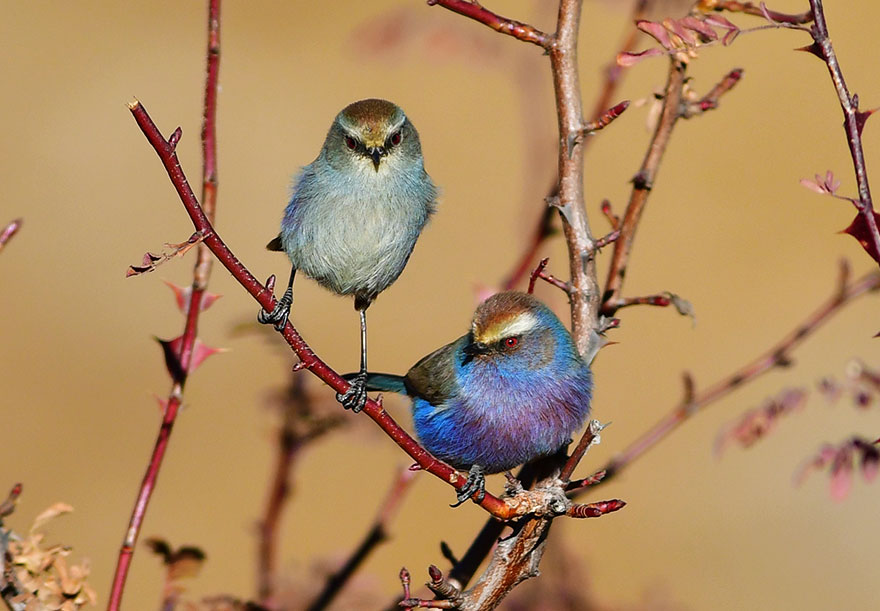
▲ Star bird——White-browed Tit-warbler
Sitting on the route of the west China migration line, Shangri-La and Lijiang in the northwest of Yunnan province attract a large number of migrant birds for wintering including the Black-necked Crane, which is the first-class national protected bird, thanks to the abundant and diverse alpine wetland ecological system.
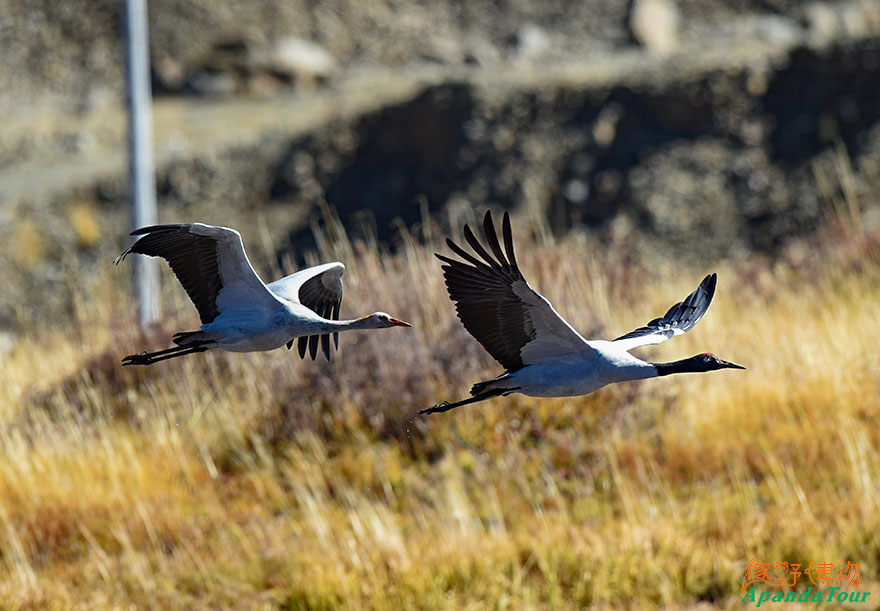
▲ Black-necked Crane——the first-class national protected bird
For the bird-watching part of this exploration camp, we will have senior bird leaders from ApandaTour. Focusing on exploring the diversity of birds, we will study various habitats in northwest Yunnan and learn related knowledge about bird ecology during our search for some rare and precious bird species including the Black-necked Crane. Based on these, we will learn how to write a survey report of birds in northwest Yunnan. Our exploration camp includes another important part, the study of the Black Snub-nosed Monkey, we will drive to the Black Snub-nosed Monkey National Park to observe the largest one from the genus of Rhinopithecus.
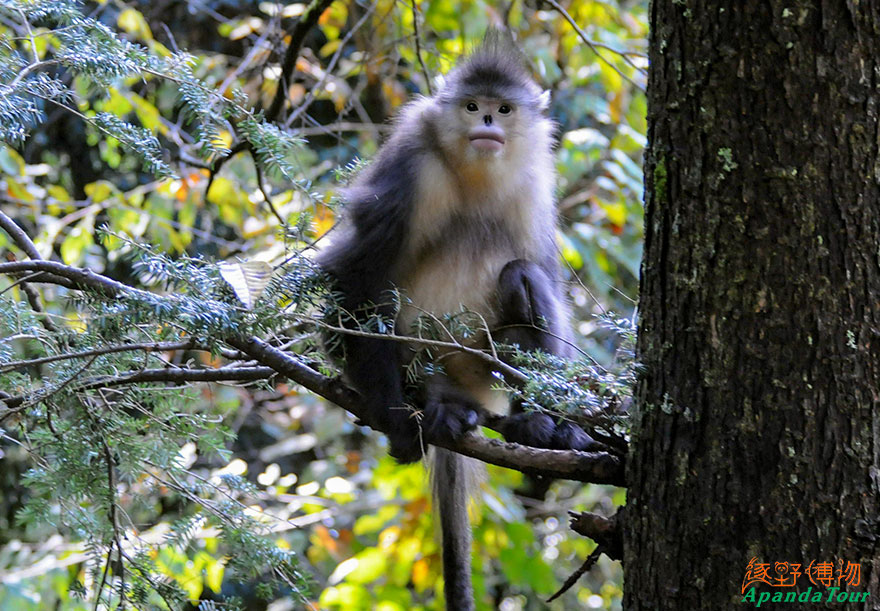
▲ Black Snub-nosed Monkey
Besides featuring the beautiful birds and unique monkeys in Yunnan, this exploration camp will enable us to experience the colorful ethnic culture owned by different ethnic minorities in Yunnan province including the Tibetan culture. As one of the destinations on this trip, Lijiang is known as an important town on Southern Silk Road and Tea-and-Horse Trade Route, a great place to understand how the tea-and-horse trade route started and gained development in history.
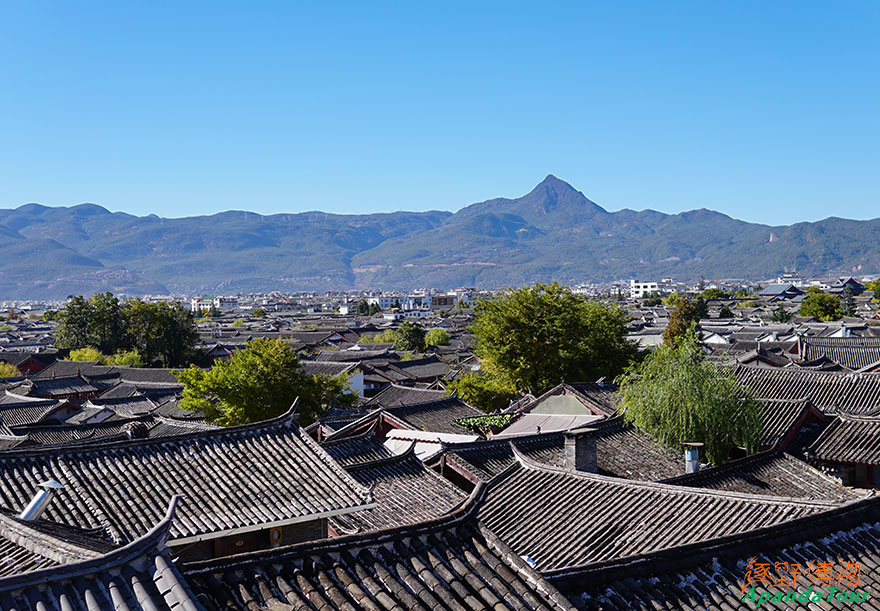
▲ Lijiang Ancient Town of Yunnan
Trip Highlights
1. Bird Observation and Study:Led by a senior bird guide, we will learn the skills needed for bird-watching in the wild, and study the abundant bird resources in northwest Yunnan. At the same time, we will learn relative knowledge of bird ecology and behavior such as how birds adapt to the new environment and why they migrate.
2. A journey of discovering rare and precious birds: We will look for bird species under first-class national protection such as Black-necked Crane, Black Stork, and White-tailed Eagle, and learn about the current protection situation of these birds.
3. Research on Black Snub-nosed Money: At the Black Snub-nosed Monkey National Park, we will observe the China endemic Black Snub-nosed Monkey, the largest one from the genus of Rhinopithecus. We will observe its behavior and study its habitat, and compare them with other two monkey species in the genus of Rhinopithecus namely Sichuan Golden Snub-nosed Monkey and Gray Snub-nosed Monkey.
4. Research Skill Training:We will learn how to make statistics in bird research, how to upload the sorted data to the bird study center, and how to write the survey report of birds in northwest Yunnan.
5. Research on Ethnic Minority Culture in Northwest Yunnan: Our research will be focused on the history of the Southern Silk Road, and Tea-and-Horse Trade Route, the lives, culture, and history of the ethnic minorities in northwest Yunnan.
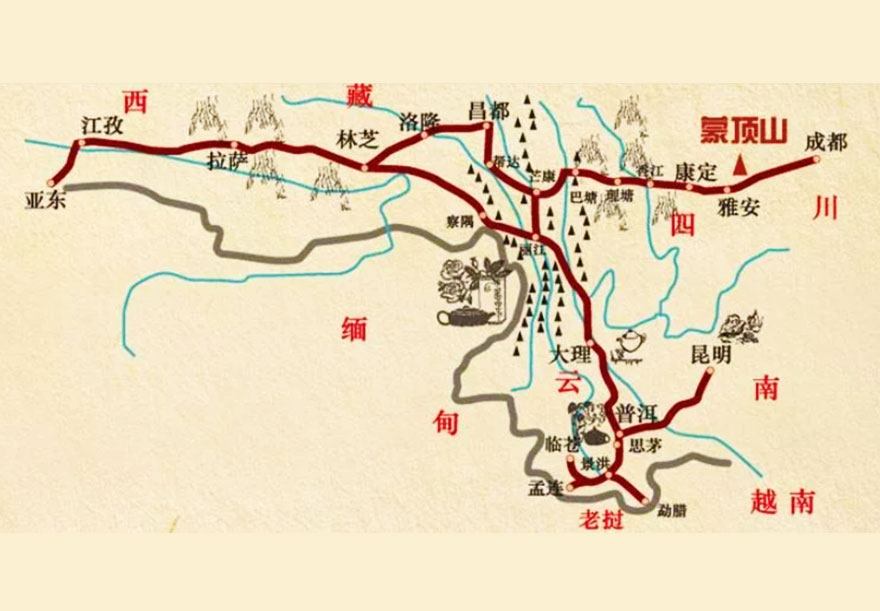
▲ The Tea-and-Horse Trade Route in history
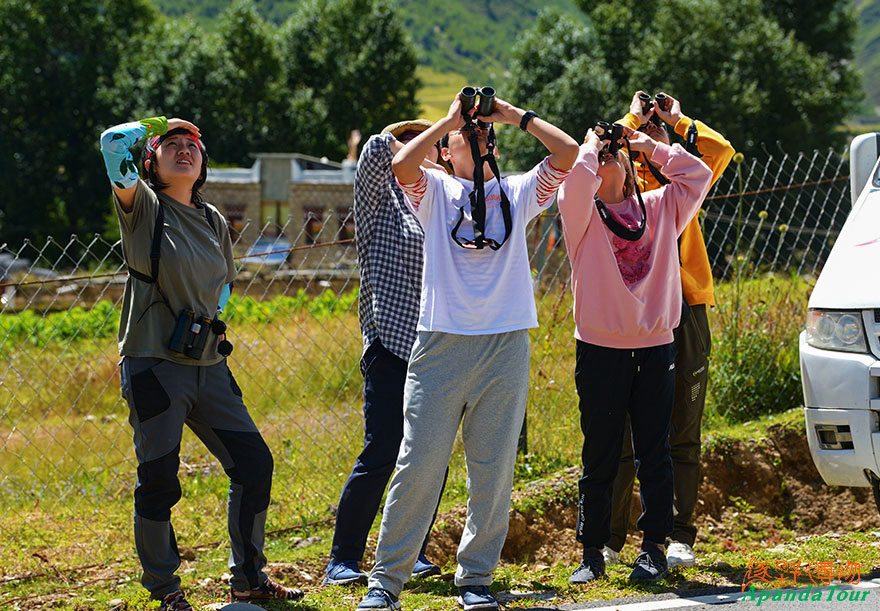
▲ The Past Bird-watching Activities by ApandaTour
 Itinerary
Itinerary
▲Tour Map
Day 1:Arrive at Shangri-La——know each other, ready to enjoy the coming exploration.
We will first gather at Chengdu airport and have an opening ceremony of the research camp there before we all fly to Shangri-La. In the Tibetan language, Shangri-La means the sun and moon in people's hearts. It is located in the middle of the Hengduan Mountains and belongs to the Three Parallel Rivers of Yunnan Protected Areas, which has been put on the world natural heritage list by UNESCO. The isolated geographical location of Shangrila has blessed this place with unique wildlife resources and abundant ethnic minority culture.
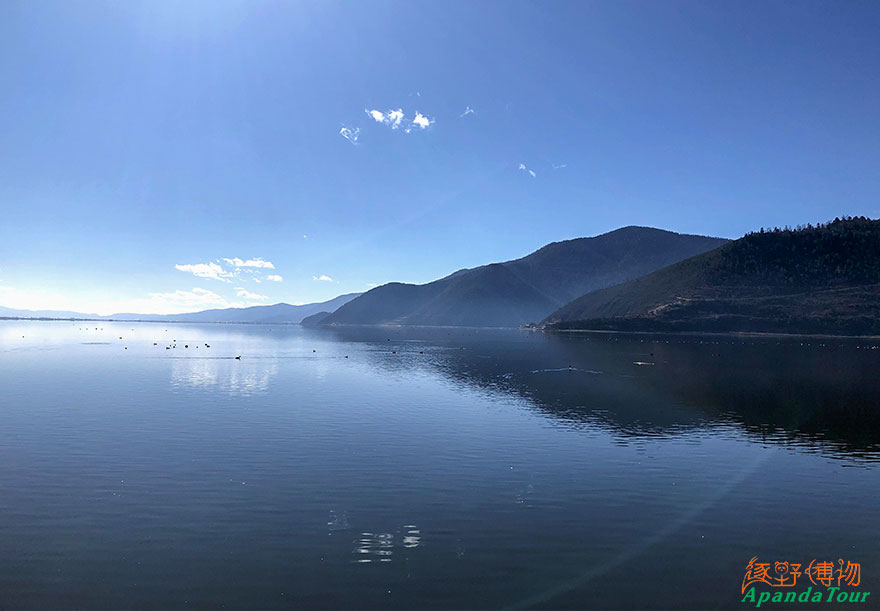
▲ Napa Lake——an ideal habitat for wintering waterbirds.
Day 2:Explore water birds in Napa Lake and Experience Tibetan culture.
In the morning, we drive to Napa Lake to learn how to observe water birds, learn the skills needed for bird-watching in the wild and understand the relation between birds and wetlands. We will look for Black-necked Crane, which is the only one-of-its-kind breed on the plateau. We will also look for other birds like Black Stork, Steppe Eagle, White-tailed Eagle, and Golden Eagle.
As a seasonal alpine lake, Napa Lake has a vast water surface while in winter, it changes into an alpine swamp. There are about 60 species of birds that come to Napa Lake for wintering with a total population of over 20,000.
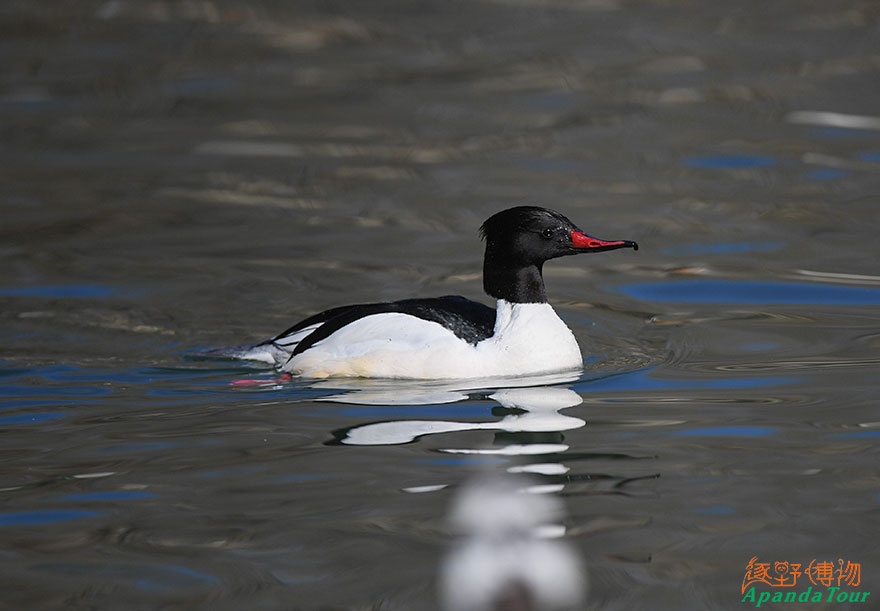
▲ Wintering Common Merganser
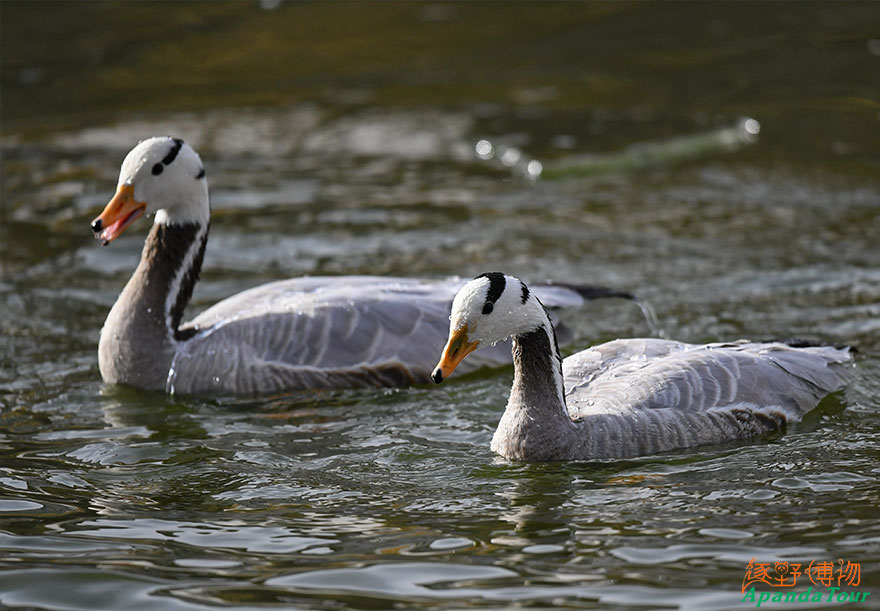
▲ Bar-headed Goose in Napa Lake
In the afternoon, we will go to Ganden Sumtseling Monastery, the largest Tibetan Buddhism monastery in Yunnan province, to study monastery architecture and Tibetan Buddhism. After that we will visit a nearby local Tibetan family, where we will sample traditional Tibetan food such as Zanba and Yak Butter Tea, to experience their daily lives.
In the evening, we will sort out our observation notes and play games.
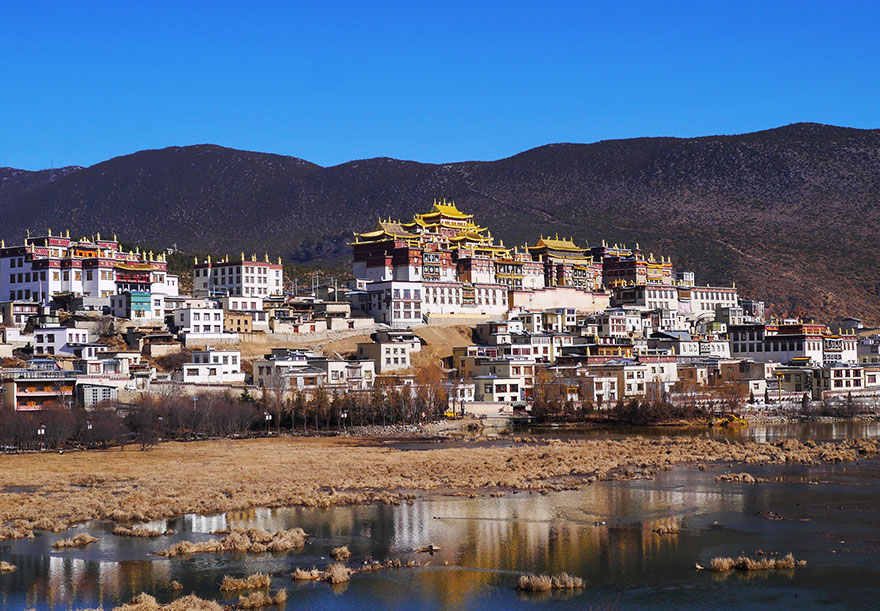
▲ Ganden Sumtseling Monastery
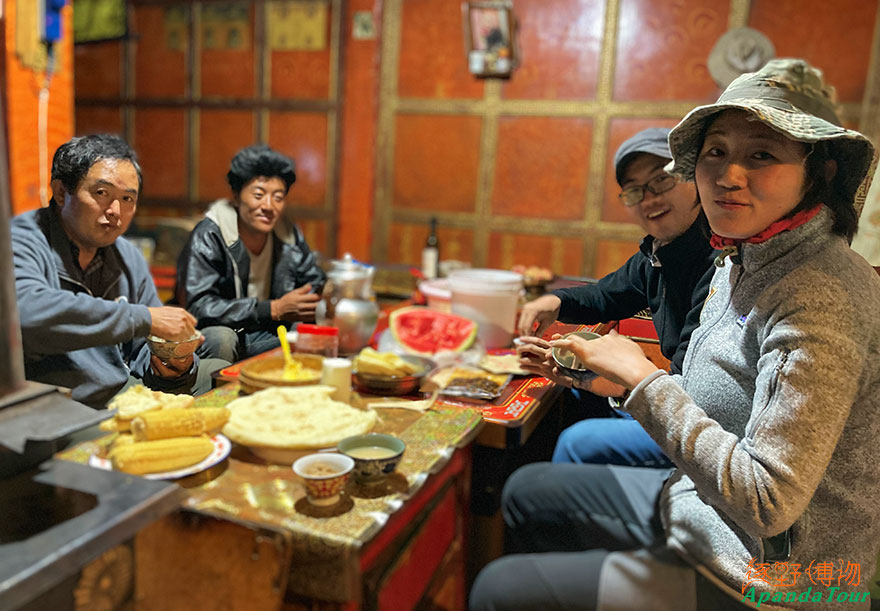
▲ Sample Zanba and drink Yak butter tea
Day 3:Bird-watching in the alpine botanical garden and then drive to Black Snub-nosed Monkey National Park.
In the morning, we go to Shangri-La Alpine Botanical Garden to look for forest birds, learn how the bird body structure is adapted to the environment.
As the only botanical garden in the Tibetan area in China, Shangri-La Alpine Botanical Garden is also the first one of its kind built in a low latitude area. Due to its unique geographical location, this garden is dominated by conifer forest and other alpine plants, which serves as home to many forest birds such as White-browed Tit-wabler, Chinese Fulvetta, Rufous-tailed Babbler, Spot-winged Rosefinch, and Long-tailed Rosefinch.
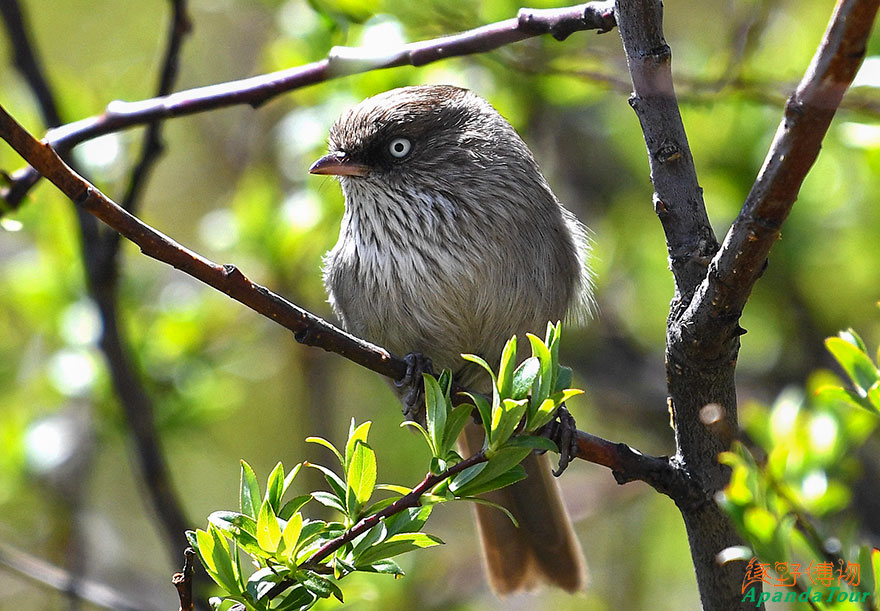
▲ Chinese Fulvetta
In the afternoon, we drive to the Black Snub-nosed National Park. Upon arrival at our hotel, we will have some easy birding around our hotel if time permits.
In the evening, we sort out our bird data and play games.
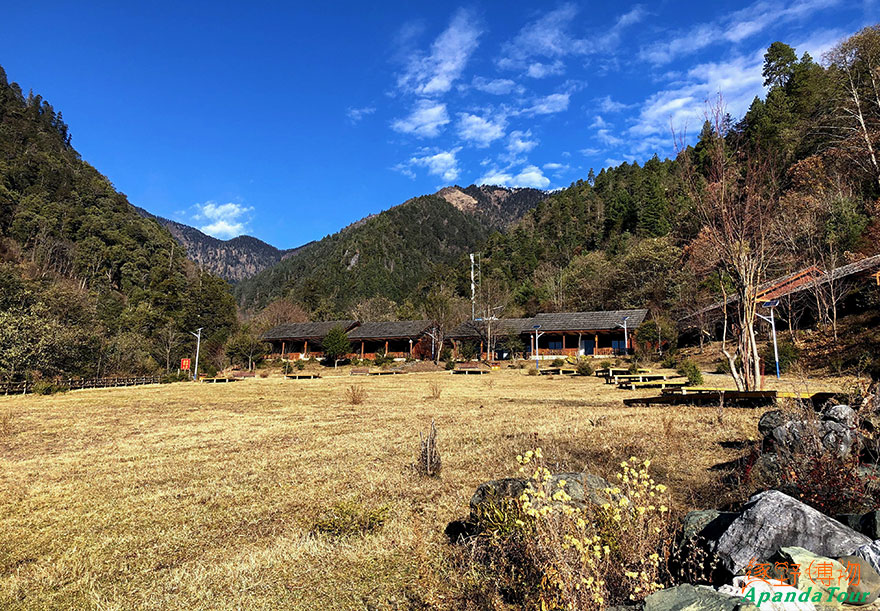
▲ Black Snub-nosed National Park
Day 4:Observe Black Snub-nosed Monkey and learn more skills on bird-watching.
We will spend the whole day inside the park, observing the Black Snub-nosed Monkey and looking for birds. Being the largest of its kind in the genus of Rhinopithecus, the Black Snub-nosed Monkey has black and white hair, snubbed nose, charming red lips. We will look for them in the park, observe their daily lives and living environment and learn their protection status.
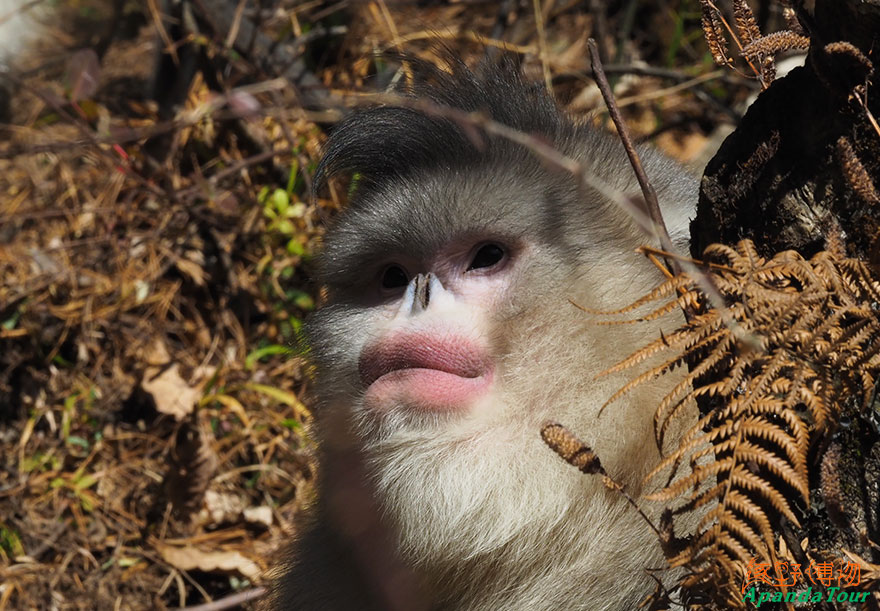
▲ Black Snub-nosed Monkey
In the park, we will also search for some bird species living in the park, such as Lady Amherst's Pheasant, Mrs. Hume's Pheasant, Long-tailed Rosefinch, Spot-winged Rosefinch, Giant Laughingthrush, Black-faced Laughingthrush, Strip-throated Yuhina, and Bar-winged Wren-Babbler. We will learn how to write a bird survey report.
In the evening, we will sort out our bird data and play games.
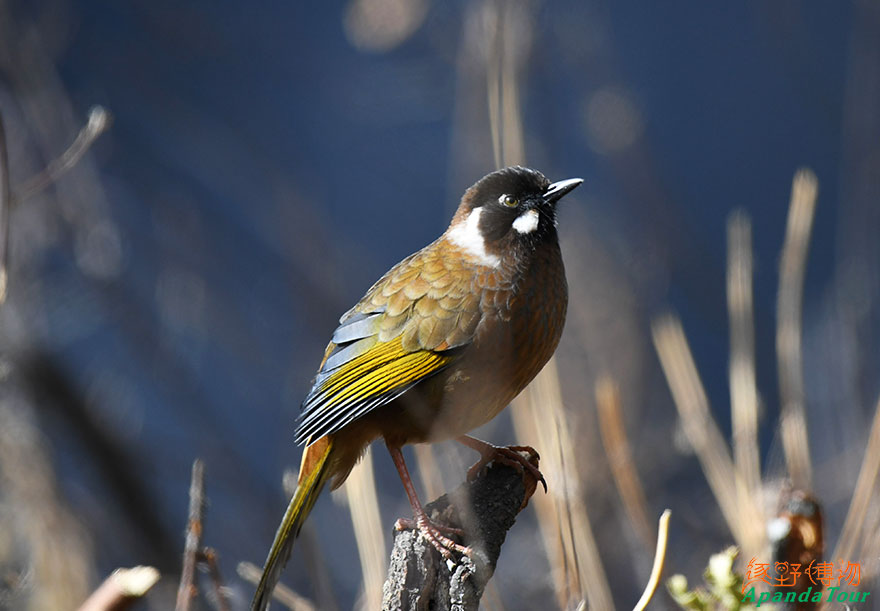
▲ Black-faced Laughingthrush
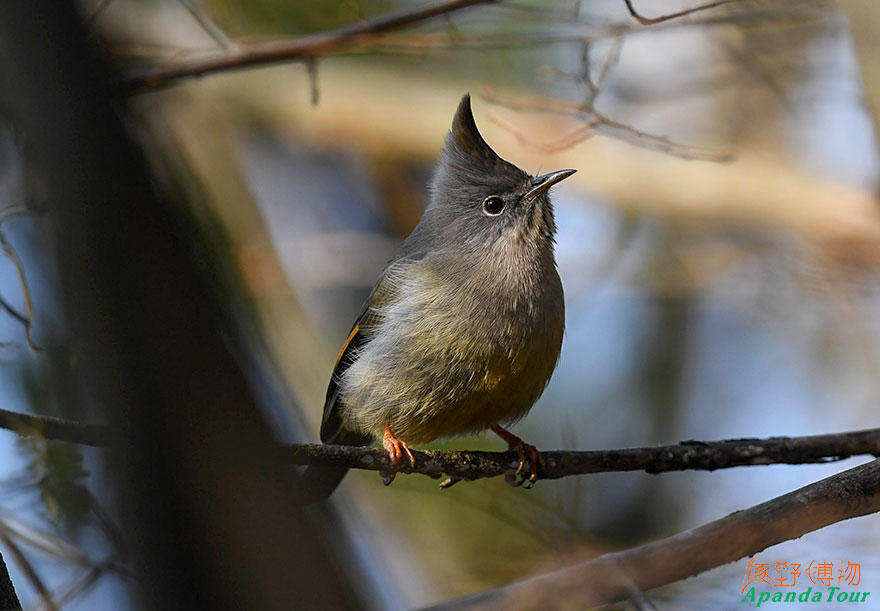
▲ Strip-throated Yuhina
Day 5:Come to Lijiang Ancient Town.
In the morning, we will continue our bird-watching in the monkey park before we board our bus and drive to Lijiang Ancient Town.
At dinner, we will enjoy local special food, like smoked port ribs and Lijiang pastry.
After dinner, we will enjoy a night walk in Lijiang Ancient Town.
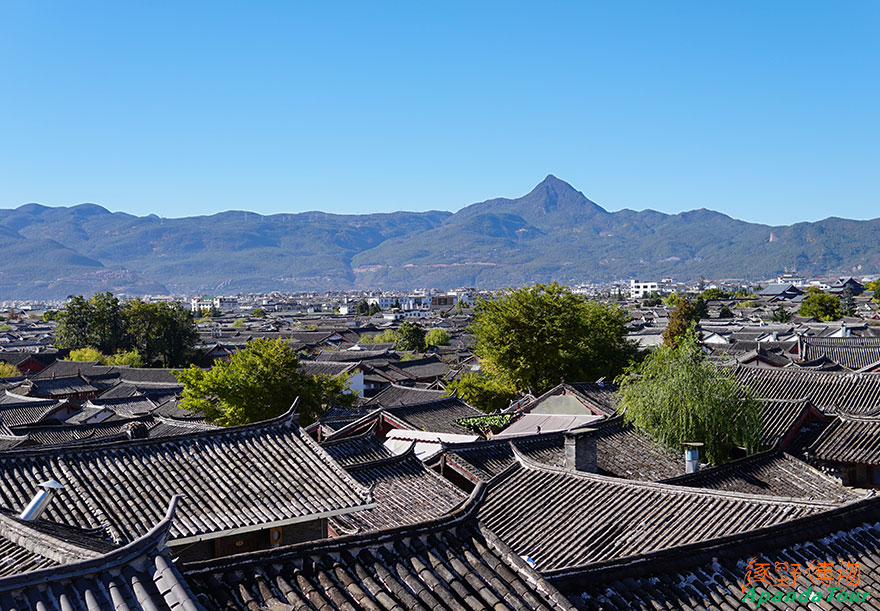
▲ Lijiang Ancient Town
Day 6:Bird Race in Lijiang Lashi Lake & Explore Tea-and-Horse Trade Route.
In the morning, we drive to Lashi Lake Wetlands Reserve, where we will divide our group into several small groups and have a bird race looking for wintering migrants in the reserve. We will also review the water birds we have learned in the past days and know more information about the relation between wetlands and birds to improve our bird survey report.
As plateau wetlands with a sound ecological system, Lashi Lake attracts over 10,000 wintering birds. The main protection targets of the reserve are rare and precious wildlife and plants such as Black Stork, Black-necked Crane, Scaly-sided Merganser, and Ottelia acuminata ( Gagnep. ) Dandy, as well as their habitats.
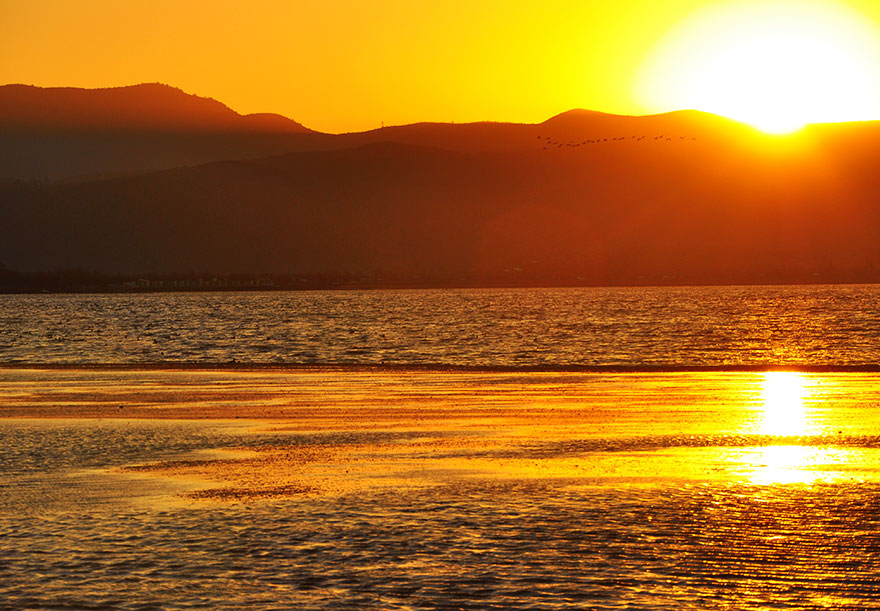
▲ Lashi Lake
In the afternoon, we will drive to Suhe Ancient Town, which is a well-preserved town along the Tea-and-Horse Trade Route. We will visit the only museum in China dedicated to Tea-and-Horse Trade Route. In the museum, we will learn how the Tea-and-Horse Trade Route started and its development history. Inside the ancient town, we will also look for the remaining writing characters of Naxi and know its history of development.
In the evening, we will make our bird survey report and have the closing ceremony of our exploration camp.
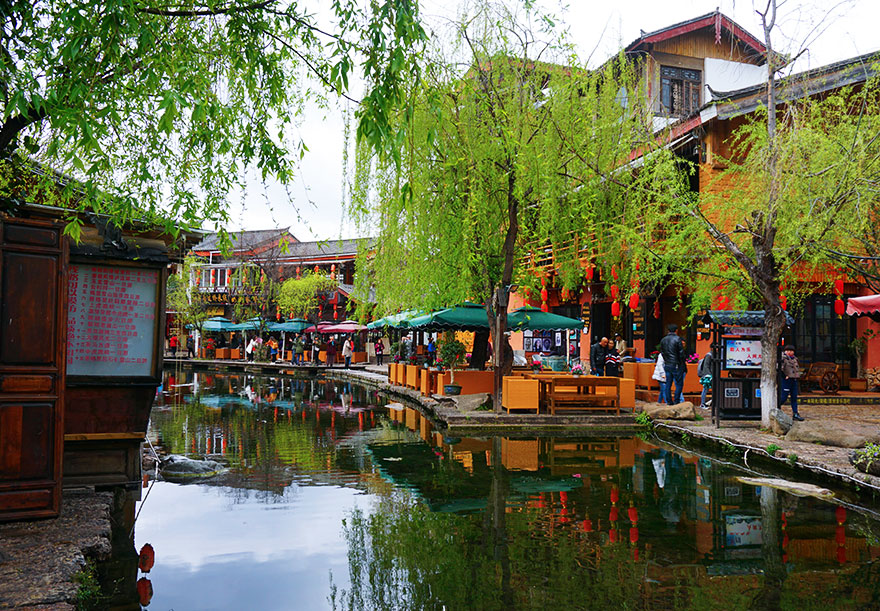
▲ Suhe Ancient Town
Day 7:Our exploration camp ends and participants return home.
After breakfast, we will transfer you to the airport to fly home.
 Guide(s)
Guide(s)
Bella Zhang
A bilingual nature teacher, culture interpreter, guide for birds and mammals
Being born and nurtured in a Bai family in Dali of Yunnan Province, Bella has shown strong love and curiosity toward nature at a young age thanks to the excellent ecological environment in her hometown. She joined our company after graduation from Sichuan Agriculture University and became a nature guide for ecotour trips, which were planned for nature and wildlife lovers from home and abroad. She is widely respected and loved by her clients because of her fluent English, profound knowledge, and great service. In the past five years, she has traveled to most places in Yungui Plateau, Qinghai-Tibet Plateau, and mountains in southwest China and built up her rich knowledge in the birds, animals, and cultural resources in these areas. She is happy and good at sharing her knowledge. She hopes to help both old and young travelers of ApandaTour to seek fun from nature and enjoy it, reconnect themselves with nature.
 Dates & Prices
Dates & PricesLocation: Shangri-La, Lijiang and surrounding areas
Date: Jan 20-26, 2024(7 days 6 nights)
Expected Participants: Family with children above 10 or adult
Trip Size:10-24, Minimum 10 pax
Price:1,290USD/pax, same price for adults and children
The price includes: the transportation during the trip in Shangri-La and Lijiang, hotel stay for 6 nights, service charge including teachers, meals during the trip, material prepared for the trip, and accident travel insurance
The price does not include:the flight tickets to Shangri-La and from Lijiang, personal expenditure, and any item not specified as being included in the trip itinerary
 Logistics
LogisticsHotel Stay:Local hotel or guest house, ( one twin-bed room for one family, for children without a parent, arrange room-sharing according to the actual situation. In principle, we do not use one room for one single child. If parent hopes to use a single room, the single supplement is 272USD/pax ) .
Transportation:We use a local registered tour bus for the whole trip.
Food:We use the local popular restaurant with a balanced selection of meat and vegetable dishes. We will prepare some seasonal fruits and snacks for this trip.
Safety Measures:
1. All around process control and safety check before the start of the trip.
2. Staff with AHA first aid certificate and first aid kit during the whole trip.
3. Detailed rules and reminders for the trip and ensure all the participating parents and children know them.
4. Measures for epidemic prevention: we will prepare epidemic prevention materials such as surgery masks, pure alcohols, hand sanitizer, and thermometer. We will have a temperature check before the start of our trip activities.
 FAQs
FAQsHow about the temperature in Shangri-La during winter? What is the sea elevation of Shangri-La?
Shangri-La is relatively cold in Yunnan Province with low temperature ranging between -6~-10℃ and high temperature at around 10℃. We suggest you bring your warm clothes such as down clothes and gloves. The sea elevation of Shangri-La is around 3,000 meters, the Black Snub-nosed Monkey National Park 2,800-3,100 meters, and Lijiang Ancient Town 2,400 meters.
What kind of preparations you have made for our trip to the plateau?
First, our leaders for the exploration camp have rich experiences of guiding trips in high elevation areas. They will regularly check with participants about their physical conditions. Second, our bus will go with us for the whole trip and stay at the closest possible distance. Also, we have prepared some oxygen bottles for emergency. If any of our participants do not feel good, we can quickly take them to the nearest local hospital. Third, we also have to select the restaurants and dishes carefully to ensure our participants enjoy the food and have the physical capability to adapt to the elevation change. Last, for our activities, we also have given full consideration to leaving enough time for participants to rest and sleep.